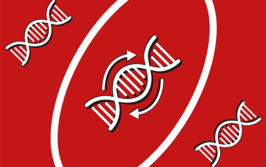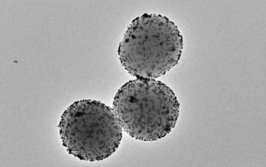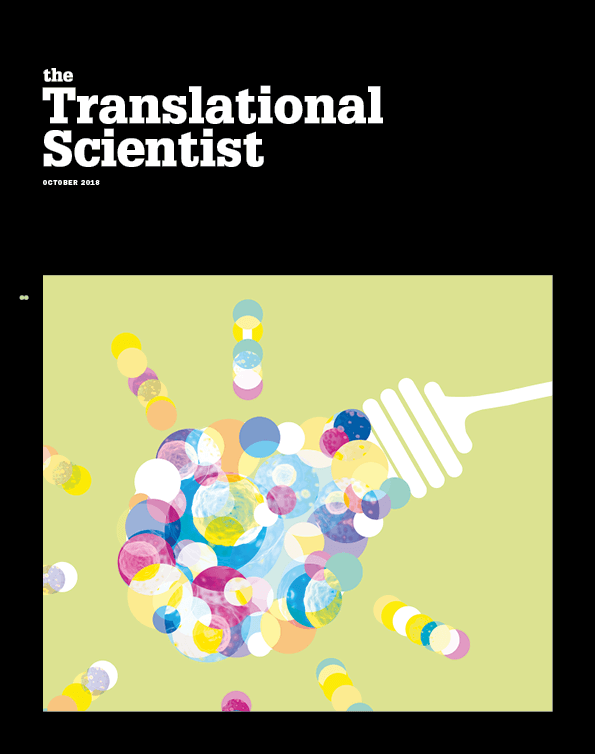
The Pitter-Patter of Tiny Diagnoses
A simple yet accurate model could help streamline ROP screening
Every year, retinopathy of prematurity (ROP) affects between 400 and 600 infants in the US (1). ROP continues to be a leading cause of strabismus, amblyopia, and severe near-sightedness in premature babies – and can lead to total vision loss, if not diagnosed and treated quickly. And therein lies the problem: the current model has low specificity for predicting which premature infants are most at risk of severe ROP; only 5–10 percent of those selected for a screening examination go on to receive treatment. But that looks set to change – thanks to a new model that boosts accuracy while maintaining, or even improving upon, sensitivity (1).
“Prior approaches were successful but limited by development studies that were too small, resulting in overfitted models and relatively complex calculations,” says Gil Binenbaum, who led the study. “But despite these limitations, we suspected we could combine successful ideas from each group of investigators into a more effective approach.” And thus, a hybrid model was born.
Together with a multi-hospital team he analyzed 7,483 premature infants born in 29 hospitals in the US and Canada between 2006 and 2012 in a retrospective cohort study. Infants included were at risk of ROP and had a known ROP outcome. “We knew we had to use as large a cohort as possible so that we could develop a new model that is easy to use and more accurately identifies all premature infants who are at high-risk of developing severe ROP,” said Binenbaum (2).
The study identified six key criteria that could be used to determine whether a child should receive a screening examination for ROP: birth weight (BW) below 1,051 grams (about 2.3 pounds), gestational age (GA) at birth younger than 28 weeks, hydrocephalus, and slow weight gain during three time periods between the ages of 10 and 40 days. Using these six criteria, they were able to correctly predict 100 percent of infants with “type 1 ROP” – those requiring treatment – while reducing the number of premature infants who would undergo examinations by 30.3 percent.
Binenbaum added, “The criteria we developed were highly sensitive; in fact, they were slightly more sensitive that the current screening guidelines, and yet they were much more accurate than the current guidelines.”
Current ROP screening criteria – based on BW, GA at birth, and a third, poorly defined screening criterion for heavier, older infants – relies on the judgement of the neonatologist. Under these guidelines, 70,000 infants are examined annually in the US – 69,400 more than have the disease. As these recommendations have the potential to significantly reduce the number of eye examinations being performed, could they ease the burden for parents, nurses, and doctors, who are already dealing with other issues associated with premature birth?
“Using these modified screening criteria could potentially reduce the number of babies who need to be examined by almost a third, which would be beneficial for those infants, and allow us to focus all our efforts on treating those who are at high risk for retinal detachment and blindness,” says Binenbaum. “The next step is to validate these encouraging results in a second large clinical study before actually using the new criteria in practice.”
- G Binenbaum et al., “Development of Modified Screening Criteria for Retinopathy of Prematurity: Primary Results From the Postnatal Growth and Retinopathy of Prematurity Study” (2018). PMID: 30003216.
- CHOP, “CHOP Researchers Develop Highly Specific, Easy-to-Implement Predictive Screening Tool for Retinopathy in Premature Infants”, (2018). Available at: tinyurl.com/ybfthsd2. Accessed July 15th, 2018.















